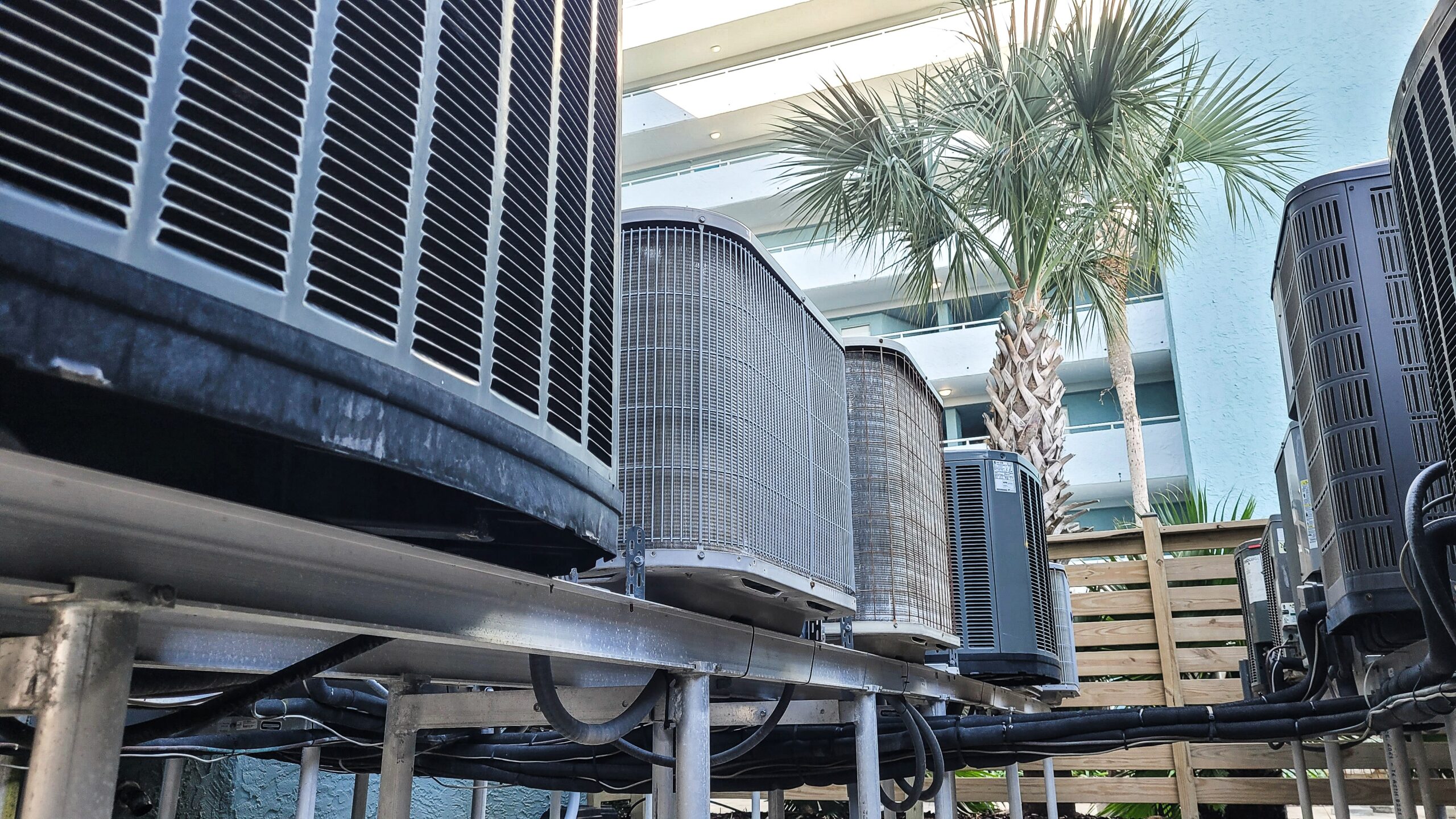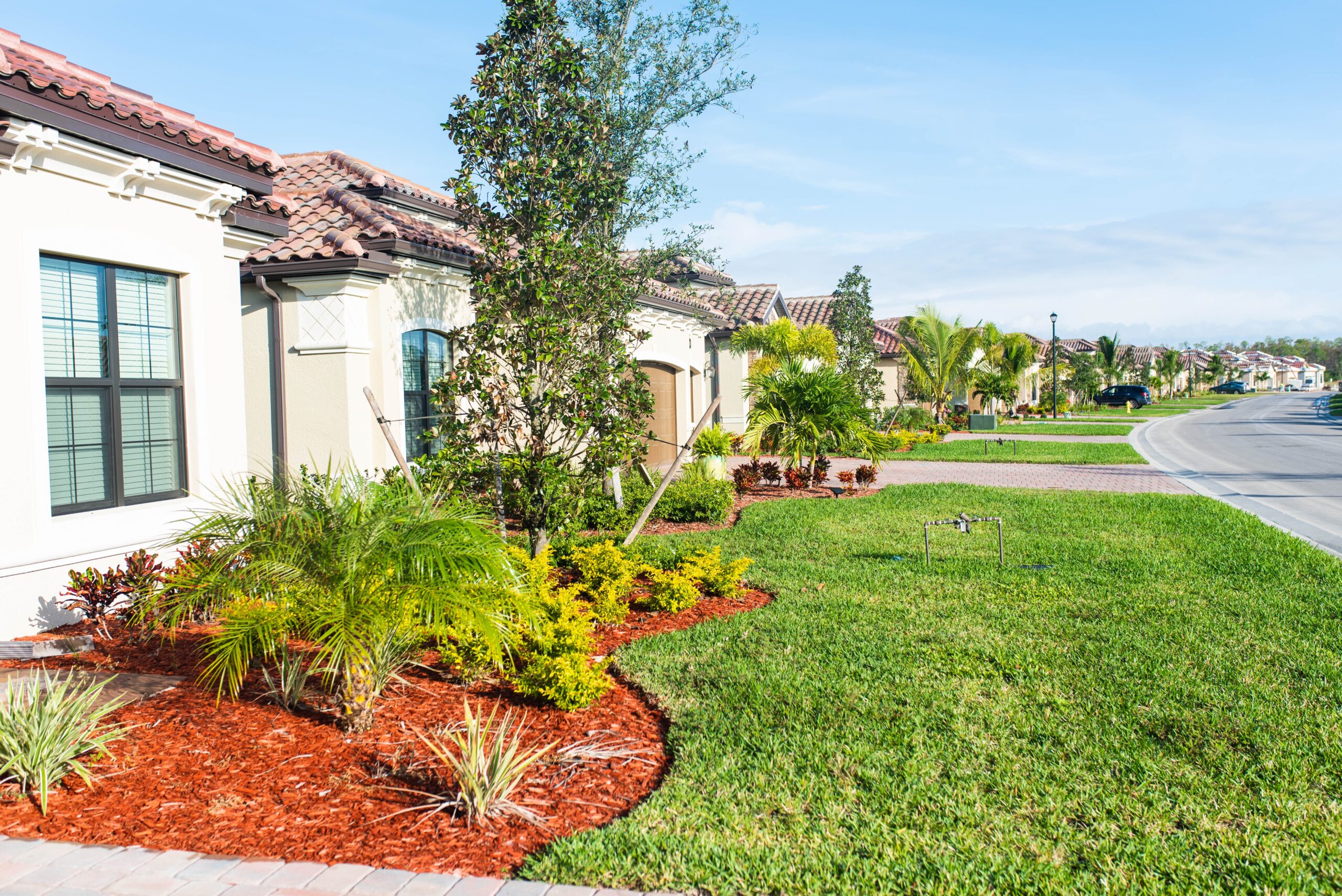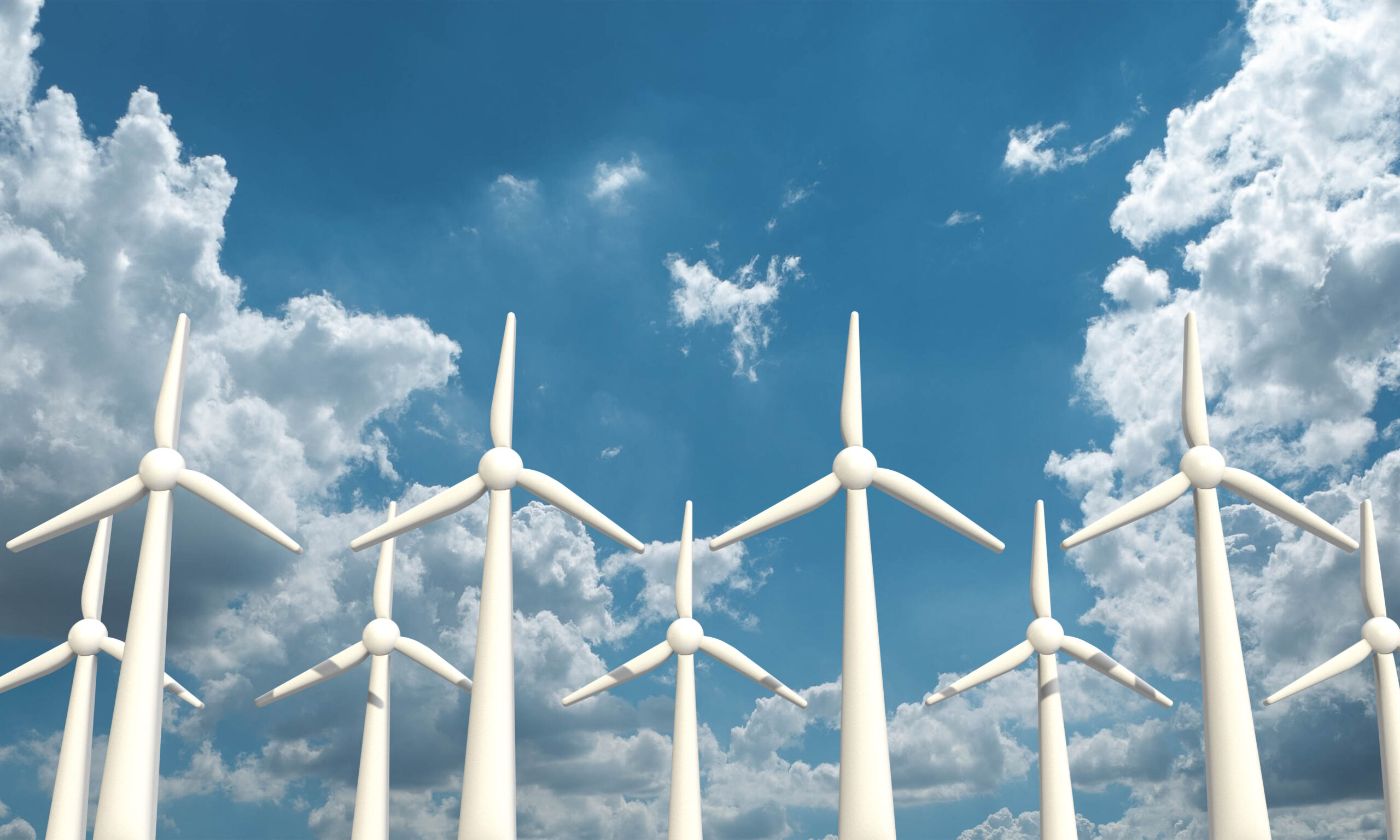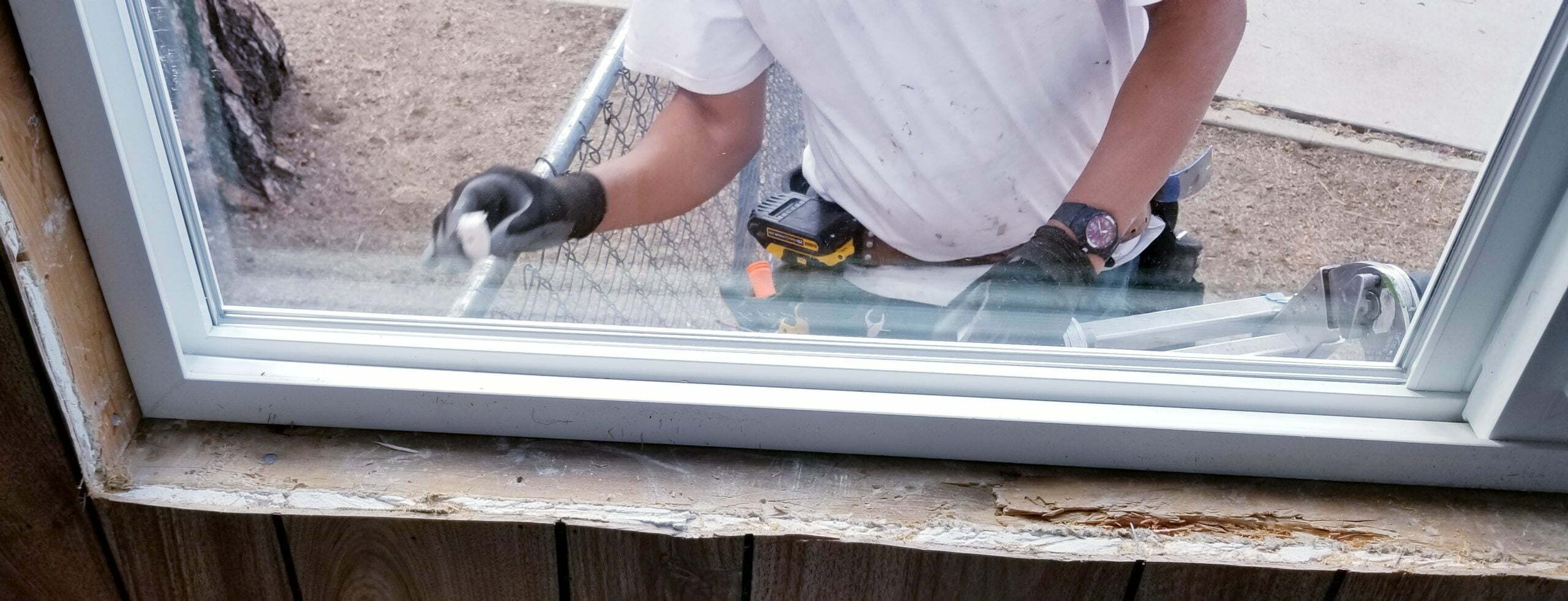As the world moves towards more sustainable and energy-efficient practices, there is no doubt that the heating, ventilation, and air conditioning (HVAC) industry has evolved to meet global challenges. With the consequences of climate change and increasing energy costs, it is necessary that HVAC systems are more efficient and environmentally friendly. In this article, we will explore the evolution of energy-efficient HVAC systems and how they contribute to a sustainable future. If you’re in need of more information, keep reading!
The Beginning: Early Air Conditioning and Heating Systems

The concept of air conditioning dates back to ancient Egypt and Persia, where people used wind catchers and evaporative cooling techniques to regulate indoor temperature. However, it wasn’t until the early 20th century that mechanical air conditioning systems began to be developed. These early systems were not particularly energy-efficient; they relied on electricity or fuel to function, and their only purpose was to keep indoor spaces cool rather than maintain a balanced environment.
As the world started to realize the importance of energy conservation and reducing our carbon footprint, the HVAC industry began to shift its focus toward optimizing systems for efficiency and minimizing environmental impact. An HVAC company, like Bodine-Scott Air Conditioning Co., can help you learn more and choose the right system for your home. The introduction of energy-efficient standards, such as Energy Star in the United States marked a milestone in the evolution of HVAC systems. By setting benchmark criteria, manufacturers were encouraged to develop more efficient products.
Emerging Technologies in Energy-Efficient HVAC Systems

The rise of computing power provided manufacturers with the tools required to optimize system design and operations. Using advanced simulation software, engineers have been able to reduce inefficiencies in heat transfer processes, improve airflow management, and better regulate system operations. This has resulted in more sophisticated, energy-efficient HVAC products that save energy and maintain a comfortable indoor environment.
Smart controls are another innovation that has impacted the HVAC industry. Programmable thermostats, occupancy sensors, and AI-driven optimization algorithms offer enormous potential to save energy by customizing system operations according to actual demand and environmental conditions. By continuously monitoring indoor conditions and adjusting the output accordingly, smart HVAC systems minimize energy waste and lower operating costs.
Newer HVAC technologies, such as variable refrigerant flow systems and geothermal heat pumps, further improve efficiency by harnessing renewable energy sources. VRF systems optimize energy usage by modulating refrigerant flow according to real-time demand, while geothermal heat pump systems leverage the virtually constant ground temperatures to efficiently heat and cool indoor spaces. These cutting-edge technologies hold the potential to drastically reduce energy consumption and greenhouse gas emissions associated with HVAC systems.
The Importance of Proper Installation, Maintenance, and Usage
Advancements in HVAC technology alone won’t make a significant difference in energy efficiency if systems are not installed properly, maintained regularly, and used effectively. Proper installation ensures that equipment is functioning at optimal levels, and deficiencies in installation can disrupt performance and cause energy waste. Updated building codes have contributed to better construction practices, and modern insulation materials increase the efficiency of HVAC systems.
Regular maintenance allows systems to operate at peak efficiency by addressing any issues that may cause energy waste, such as dirty coils, clogged filters, or malfunctioning sensors. Simple adjustments, like sealing ducts and keeping vents unobstructed, can also vastly improve system performance and reduce energy consumption.
Awareness of responsible system usage amongst end-users is essential for maintaining energy efficiency. Adopting simple habits like turning off unneeded systems, setting air conditioning thermostats at an appropriate temperature, and using ceiling fans to aid air circulation can largely contribute to reducing energy consumption and carbon emissions.
Future Trends and The Path Toward Sustainability

As the world moves toward a more sustainable future, the development of energy-efficient and eco-friendly HVAC systems will continue to evolve. Researchers are exploring new energy storage technologies, graphene-based heat exchangers, and next-generation refrigerants with lower global warming potential to further improve HVAC efficiency and minimize environmental impact.
Emerging global trends, such as urbanization, smart city initiatives, and net-zero energy buildings, will drive the demand for innovative HVAC solutions that meet the energy efficiency goals outlined by governments and organizations worldwide. To facilitate this transition, a collaboration between manufacturers, engineers, policymakers, and end-users will be critical to share knowledge, define standards, and driving market transformation toward a greener HVAC industry.
As you can see, the evolution of HVAC systems has come a long way from its humble beginnings. Through continuous innovation, proper installation, maintenance, and responsible usage, we can meaningfully reduce energy consumption, lessen our environmental impact, and contribute to a more sustainable planet for future generations. If you follow the advice in this article, then you will be able to find an efficient system that will keep your home comfortable for years to come.







